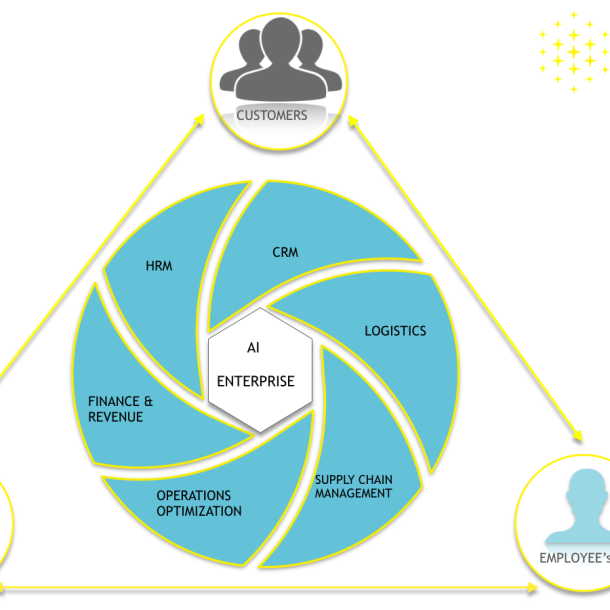
- +41 41 201 88 44
- [email protected]
- Mon-Fri 8am - 6pm
It was 2014 when the long term research on ‘One Hundred Year Study on Artificial Intelligence’ was launched by the Stanford University. The research gives us a deep insight into what Artificial Intelligence really is about, its impact on the human population, influence over the communities and business organization. Now by ‘100 years’, we don’t mean, that YOU will have to wait for 100 years to get the information on it. It’s a report that will be generated and studied every five years which will be studied by experts. The good news is: We already have our first report and it focuses on the impact of AI in 2030.
2030 is not so far, and hence the report has managed to keep the focus from straying to science fiction from imaginable. The report is a compiled data of 50 pages that have been written in Layman’s term so that any common audience can read it and understand it. The report does not cover too much technical information, which is a disappointment for sure, but nevertheless, the project has still caught the attention of many.

The One Hundred Year Study started initially as a model based on the AAAI Asilomar Study. The AAAI stands for Association for the Advancement of Artificial Intelligence. And it was the then president of this association, Eric Horvitz that was responsible for establishing a team of AI experts to be a part of this association. The members belonged to several renowned institutions and fields such as scholars belonging to law, philosophy and cognitive sciences.
The team worked in different subgroups to study AI developments in near-term, short-term and long-term possibilities, implementation, ethical and legal concerns, etc. The participants after an intensive study of 3 days would come together in a meeting to compare facts, debate on subsequent topics, and amplify prospective research ideas. This generated massive interest in the field which led to the formation of the One Hundred Year Study to study the long-term impact of AI and how it will influence people and society.
A very curious fact about AI is that there does not exist any particular definition for it. And the lack of a strict definition for AI has resulted in it becoming an advanced technology, growing and accelerating with time. The rough sense of direction provided by AI has made several researchers to just ‘go with it’. It was Nils J. Nilsson that provided us with a definition that made the most sense.

With the perspective of Nilsson, we can conclude that the researcher based his definition on anyone that is willing to provide a synthesized solution based on hardware or software that will appropriately function with foresight. Taking the example of a simple electronic calculator which can calculate at a much faster speed as compared to the human brain. But can it be considered as Intelligent?
With the definition provided by Nilsson, the study panel of the One Hundred Year study also took a broad view of this based on different dimensional spectrum. According to this study, the researchers established that the difference between a calculator and a human brain is based on speed, scale, generality, degree and autonomy, not only just one of a kind. These same parameters can be applied to study all other instance of intelligence such as thermostats, animal brains, speech recognition, cruise control systems in automobiles, and much more.
The working of an electric calculator still comes under the intelligence spectrum, but now the AI frontier has moved to a much-advanced level, and such calculators can be found in almost every smartphone. Currently, AI developers and researchers are working on scaling, improving and generalizing the intelligence implemented in today’s generation of smartphones.
The study panel also established the fact that AI does not deliver the world with a ‘life-changing product’ or ‘solution’ at a time, but rather it is a slow and gradual process of making it better in an incremental and continued way.
Supported by Machine Learning propelled deep learning, along with cloud computing resources such as web-based data gathering, the AI revolution is being fueled to attain a new benchmark. With the new form of training adaptive artificial neural networks through a method called backpropagation, there has been a leap in the performance of hardware technology for functions such as perception, sensing, and object recognition.
Not only has this, but platforms such as data-driven products, economic incentives, algorithms to find new products and prospective markets also fueled the advent for research in AI-driven technology.
Some of the hot topics for research in AI are:
Large Scale Machine Learning
Deep Learning
Reinforcement Learning
Robotics
Computer Vision
Natural Language Processing
Collaborative Systems
Crowdsourcing and Human computation
Algorithmic game theory and computational social choice
Internet of Things (IoT)
Neuromorphic Computing
Here we will be exploring in-depth into the changes and impacts that will be caused by AI in various sectors of the society as well as economy by the year 2030. Although, most of the sectors share some common technologies such as machine learning, the study of One Hundred Years of AI has still divided them into domains with different states that may impact and create a distinct challenge.
So far, the study panel of researchers has named only eight domains which are: transportation, healthcare, home/service robotics, education, public safety and security, low-resource communities, entertainment, and employment and workplace.
According to the study, transportation is going to be the domain that will receive the maximum impact of AI by the start of 2030. The general public will be asked to put their trust in the reliability and safety of an AI-driven car. It has also been suggested that the physical hardware present in a car will be made sufficiently safe and also more robust. Soon AI-driven cars will become better drivers than human and an entirely new form of urbanization will be seen.
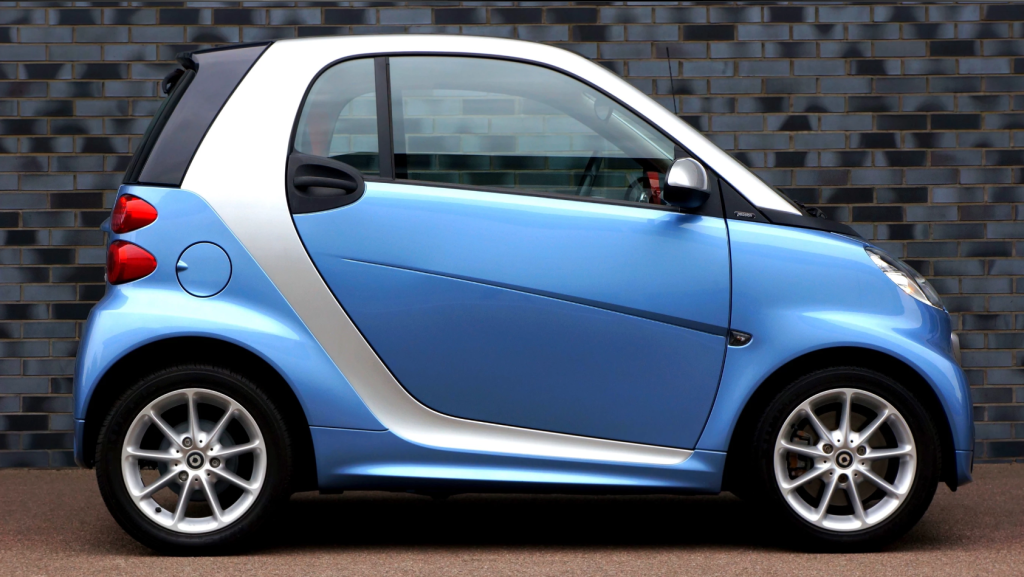
Compared to the data of 2000 about the diversity found in the population and personal driven transportation, along with the presence of smartphones with lowering of costs and increased accuracy of sensors, the results have been astounding.
Smarter Cars: GPS systems were introduced in the cars in the 2000s itself. Soon this GPS was adopted throughout the world to assist drivers along with providing information to technical giants companies about the pattern found in transportation. Currently, with AI cars have become smarter, they can park themselves steer themselves effectively through the stop and go signals in the traffic, do adaptive cruise control activities, alert drivers about obstacles and objects that may be present in the blind spots and much more.
Self-Driving Cars: It was the 1930’s when researchers paved the idea of having self-driving cars, but building them has always been a challenge. Until in the 2000s when the autonomous vehicle became a reality, not only Earth but also on Mars. The only problem was that it existed as a research prototype in labs. Factors like traffic, pedestrians, obstacles, etc. made it a complicated process for autonomous vehicles to be released for the general public. But from the year of 2004 to 2012, a period of 8 years saw massive progression in research, academics and industry which soon made Google’s autonomous vehicles available for the public. Not only Google but also Tesla’s semi-automatic car has hit the streets today.
The research predicts that in the coming future, sensing capabilities will reach a new high, will have super-human capabilities and performance that will help people accept self-driving cars with a more open mind. The cars will be able to recognize and track effectively along with having various algorithmic improvements.
In robotics, the study panel has openly discussed the facts on how the current generation’s robotic vacuum cleaners have been nothing more than a disappointment. According to the researchers, the future of robotics is based completely on cloud-based feedback loops that will improve the interaction technique of the robot with its surroundings along with better 3D perception.
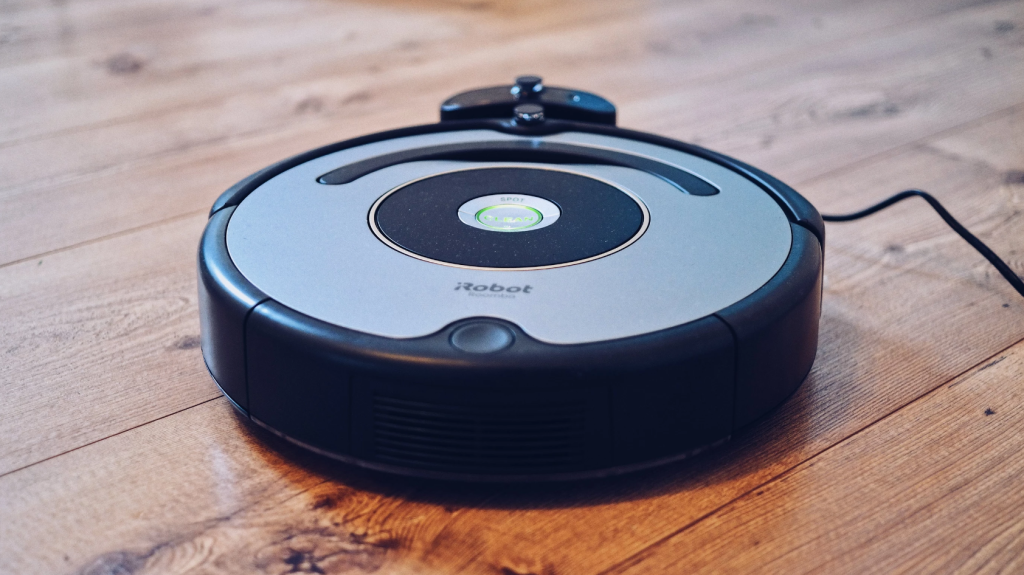
The researchers have predicted that with the help of cloud there will be more updates and improvements released for robots that will help to improve the functionalities and performance of the already deployed ones. With the ability of cloud-based machine learning, several data sets will be collected from different homes that will enhance the robot’s ability to interact with the people present in the home. It will also have improved mapping and movement ability with low-cost 3D sensors.
For healthcare, data is the oil and it has been very difficult for this sector to get it. A possible obstacle in this area can be the technology to augment a physician’s capabilities. Nonetheless, the exploration of health and fitness apps aided by sensors through mobile health has created a new sector of innovation. But the issue remains about elderly care. With the rapid shift of technology in the healthcare sector, it has become difficult for the elderly to be able to accept it. A person who is fifty is more likely to be tech-savvy as compared to a person in his seventies.
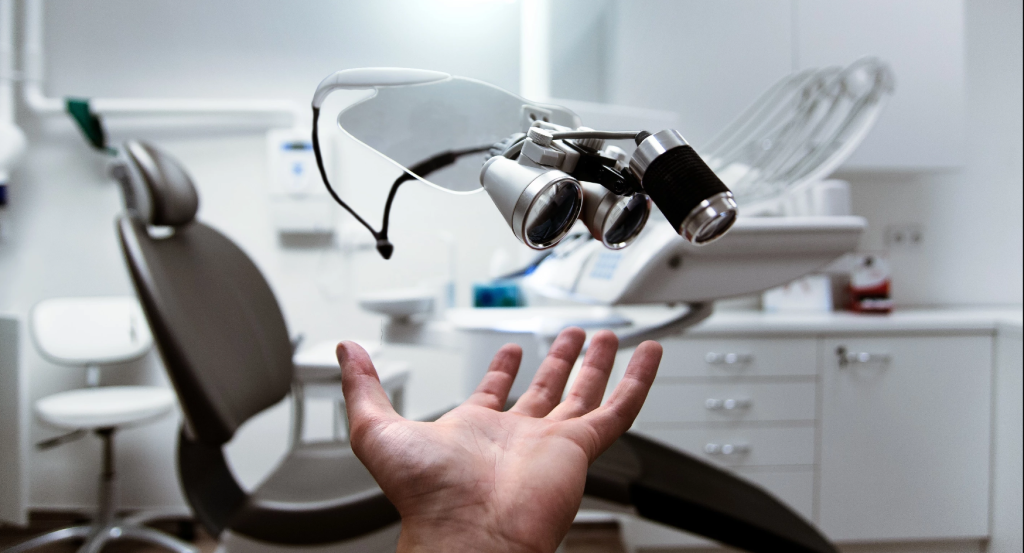
The study panel has predicted that there will be an explosion for low-cost sensing devices that will aid in proving substantial capabilities to the elderlies. But the process will require integration and collaboration of multiple areas such as NLP, perception, learning, reasoning and robotics. If the process is successful, we will be able to build a system that will create a useful and safer environment for the elderly in the coming years.
Education is going to be another domain that will benefit a lot with the improvements made in Ai-based technology. With the widespread adoption of AI-based Intelligent Tutoring Systems aided by the newfound techniques in learning analytics, the students are in for a treat.
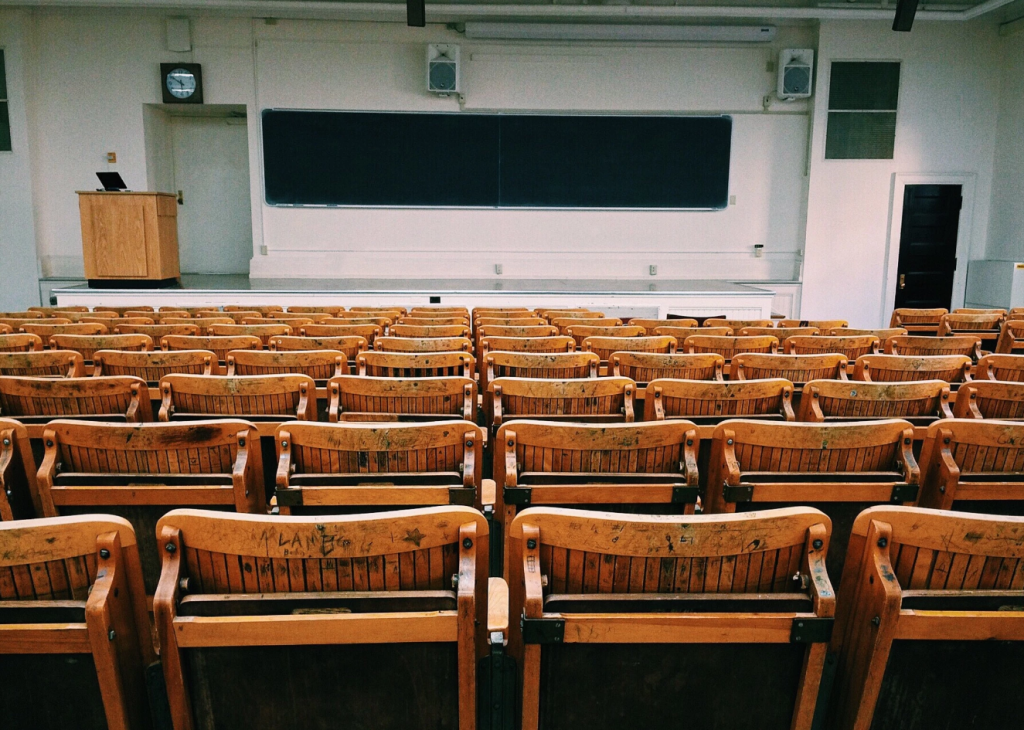
But the study panel of the One Hundred Years Study of AI has released a warning for startups that are hoping to cash in this area. According to the experts, schools, colleges and universities were expected to have implemented a more sophisticated use and approach of AI technologies but it has failed to do so by now. The reason behind that as cited by the panel is the lack of financial resource and data provided by these institutions, which may become a major hurdle by 2030.

AI is also being implemented to improve the living and working conditions of people belonging to the low-resource communities. Platforms that help in task assignments, scheduling and planning have been applied using AI that will help in the distribution of food to the needy before it is spoiled by the communities that have it in excess.
AI analytics is being used extensively in detecting white-collar crimes. Some of the most dominant crime since the past few years have been credit card frauds. The 101 Cybersecurity has become a concern throughout the world and with the help of machine learning and AI, organizations have been making an impact on it. By 2030, AI tools will be so developed that it will help the police in managing crime scenes effectively, search and rescue operations while helping the commanders to allocate tasks and prioritizing them.

With improvements made in machine learning, it will become easier to transfer learning such as speeding up the process of learning new scenarios with the knowledge and similarities based on past scenarios.
In the Employment and Workplace domain, the researchers have answered a very important question that has been looming in the minds of many. Will AI take away our jobs?
The panel says NO. AI is more likely to replace tasks rather than humans in a job. The implementation of AI will make it easy to accomplish tasks with more accuracy and precision, also it will generate new jobs for people.
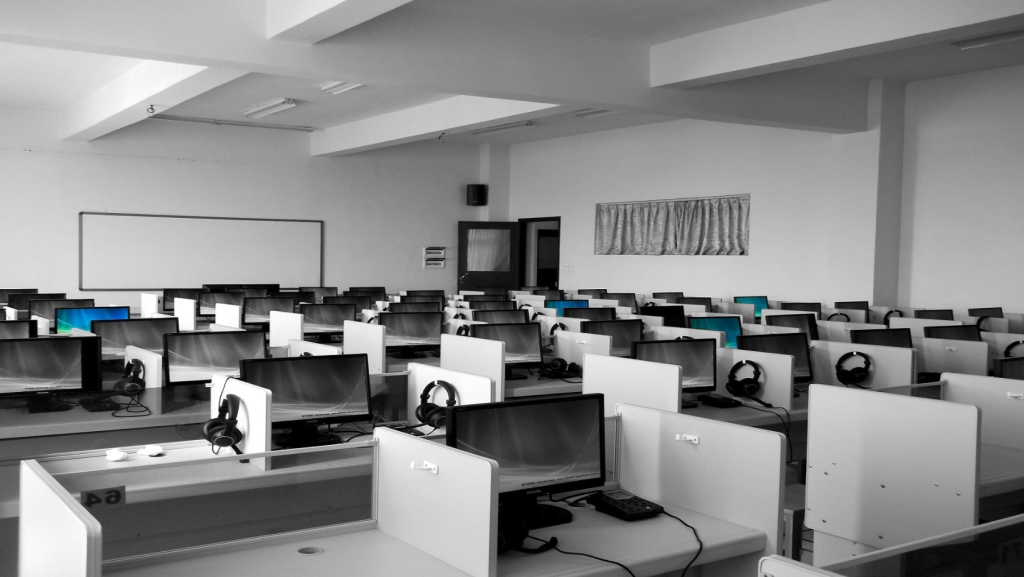
The only catch in this will be that the new jobs that will be created to replace the old ones are assumed to be harder and more advance than the current ones. There will be changes in employment which may not be very noticeable as it happens without a sharp transition. This trend is likely to happen as AI will continue to grow into the workplace.
In the entertainment field, there has been a revolution that has been mostly in software-related updates. But with the increase in the availability of cheap sensors and devices, more innovation in hardware is expected to be implemented in the entertainment devices.

Other improvements such as virtual reality and automatic speech recognition are also going to enter the doors of our living room. The entertainment systems are going to become smarter and more human-like.
The research paper has given us widespread knowledge of what we can expect from AI by the start of 2030. It draws a detailed comparison between the latest research trends in AI and the impact that it will have on our coming generation. Although it is not much, that is how the improvements in AI is expected to be. It is a process of gradual and incremental change, and the general population is expected to embrace it with open minds.
Steinentorstrasse 35 , 4051 Basel, Switzerland